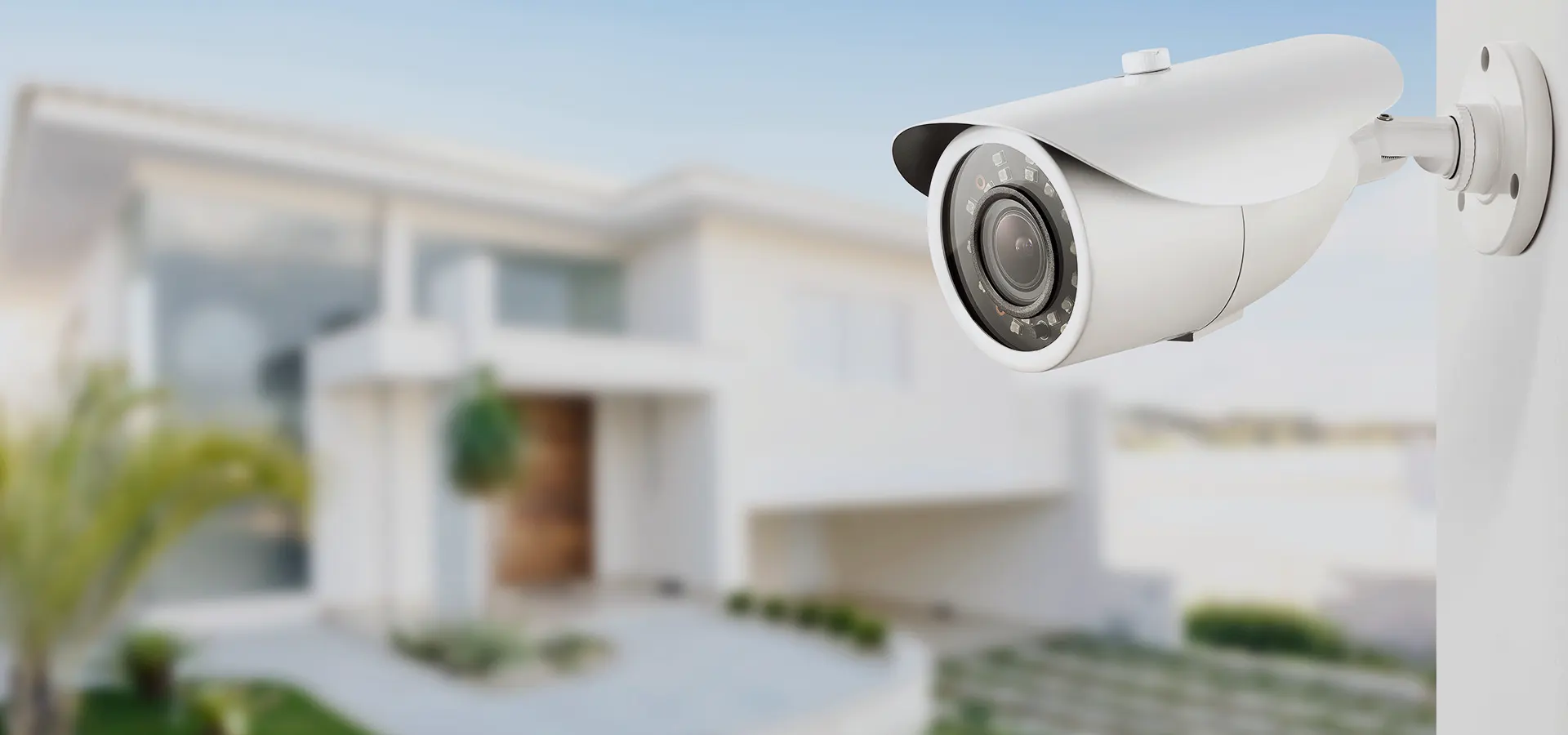
The essentials for optimum security!
These devices monitor premises, restrict access to sensitive areas and quickly detect incidents, helping to prevent risks and protect people, property and data, while reducing human intervention.
Workplace safety
It is based on preventive measures such as identifying risks, training employees, using protective equipment and complying with standards.
Home security
This includes the installation of cameras, motion sensors, the use of strong locks, and alarms that can be connected to security services.
Computer security
This requires the installation of firewalls, anti-virus software and intrusion detection systems to prevent unauthorized access.
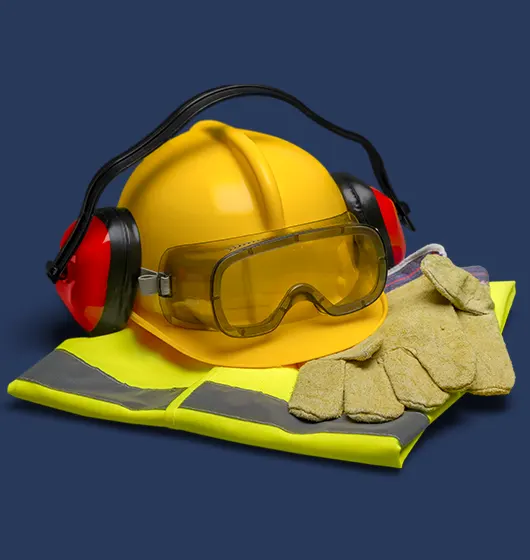
Personal protective equipment:
a complete guide!
Personal protective equipment (PPE) is important for keeping workers safe in a variety of working environments.
A comprehensive PPE guide should cover the appropriate choice of helmets, goggles, gloves, hearing protection and specialized clothing, depending on the specific risks encountered. It is important that each piece of equipment complies with safety standards, is well maintained and used correctly.
What’s more, proper training in their use is essential to guarantee their effectiveness and protect employees from injury and accidents.
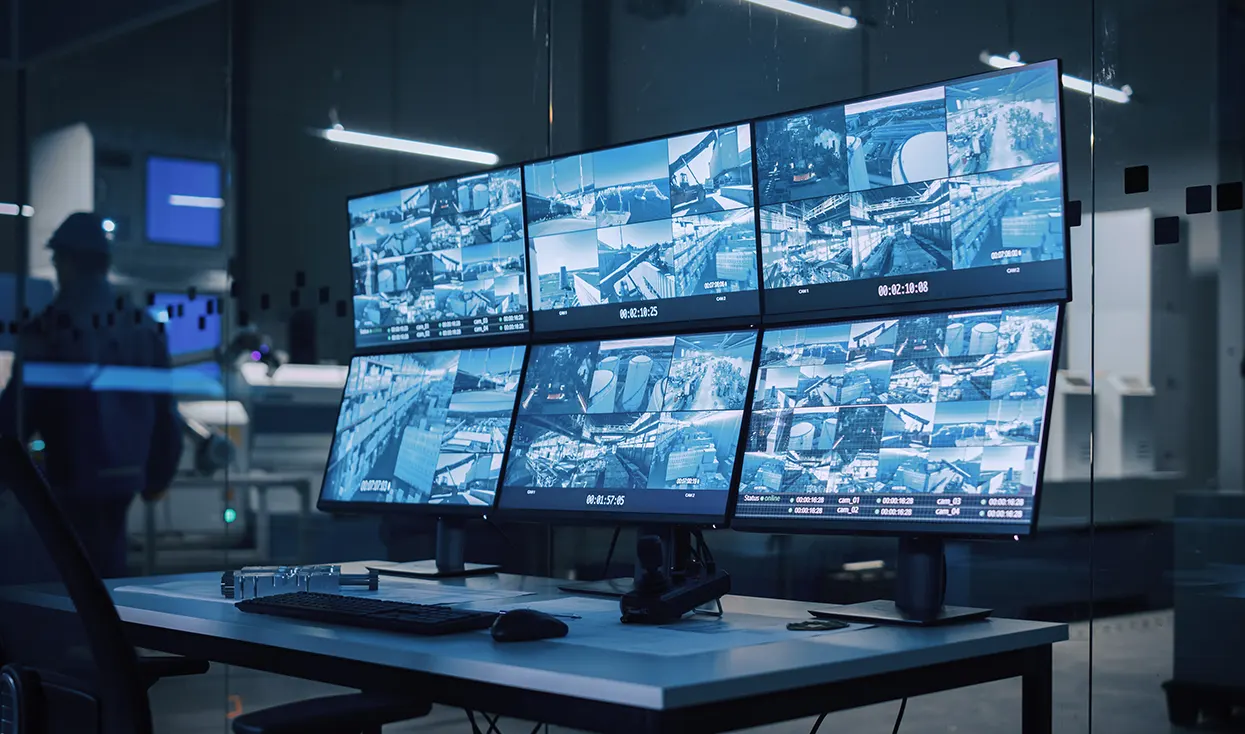
Video surveillance: what are
the regulations?
Regulations require video surveillance systems to be visible and signposted. Recordings must be kept for a specified period and only be accessible to authorized persons, while complying with data protection rules and preventing unauthorized access.
Safety clothing: standards and recommendations
Safety clothing must comply with European or international standards to offer protection against various hazards. They must be adapted to specific working conditions and regularly maintained to ensure their effectiveness.

Safety footwear
We recommend selecting shoes with reinforced toe caps to protect the toes, non-slip soles to prevent slipping, and good support to prevent foot and ankle injuries.
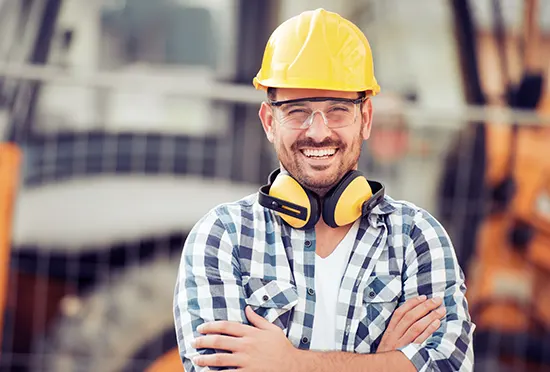
Protective helmets
They must meet impact and shock protection standards, be made of durable materials such as polycarbonate, and have a solid shell with a shock-absorbing system.

Fire in the workplace: what you need
to remember!
In the event of a workplace fire, it’s essential to follow evacuation procedures, use fire-fighting equipment such as extinguishers and sprinklers, and keep escape routes clear. All employees must be trained in safety measures and evacuation plans.
Report fires promptly to the emergency services and do not attempt to extinguish major fires alone. Regular drills and proper maintenance of fire safety systems are also necessary for effective incident response.
Event security, a top priority
This requires meticulous planning, including risk assessment, establishing access controls, ensuring the presence of qualified security personnel, as well as installing emergency devices and drawing up precise evacuation plans.
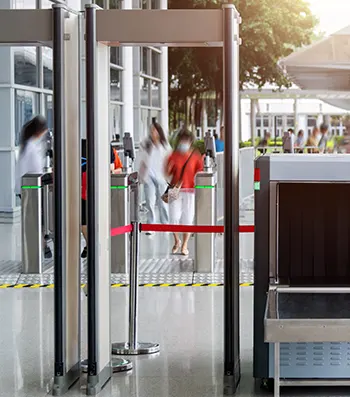
Security gates
They facilitate rigorous access control by detecting metal objects and other prohibited items, helping to avoid incidents.
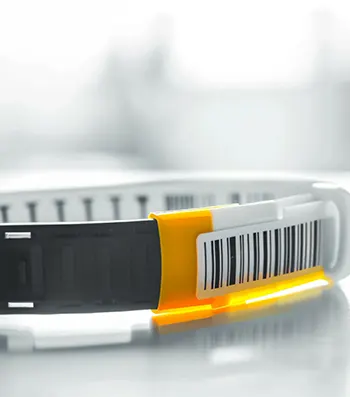
Identification wristbands
They enable fast, efficient access control for participants, ensuring that only authorized persons can enter certain areas.
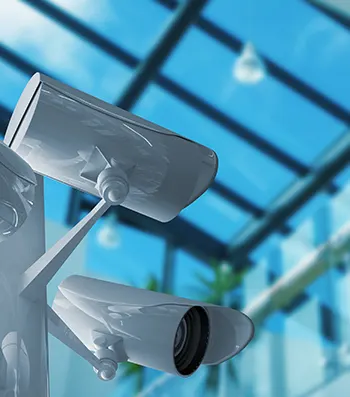
Surveillance cameras
These provide real-time monitoring of important areas, facilitating early detection of suspicious activity and providing evidence in the event of incidents.
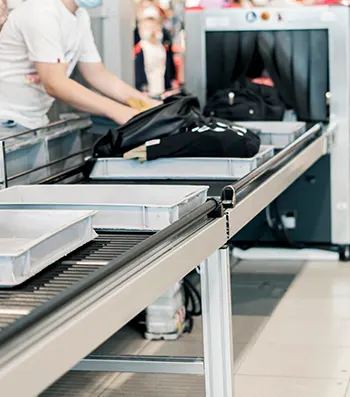
Metal detectors
These devices are used to identify dangerous metal objects, such as weapons, before participants enter.
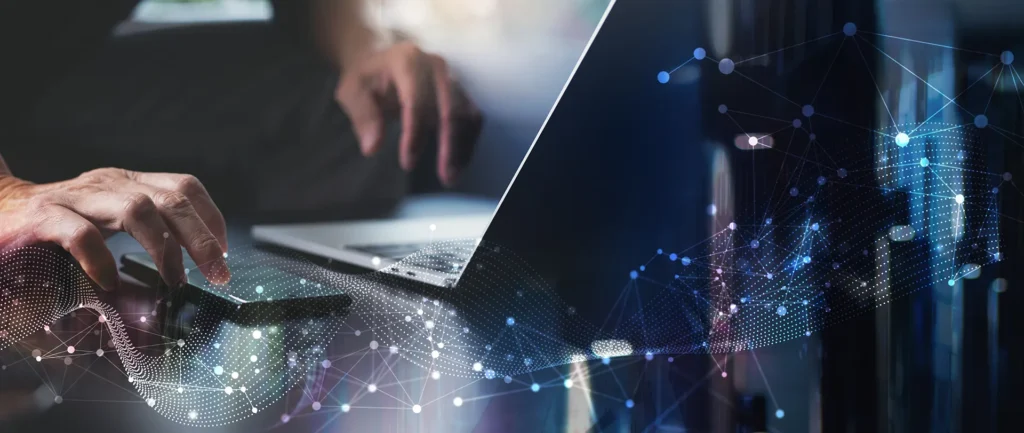
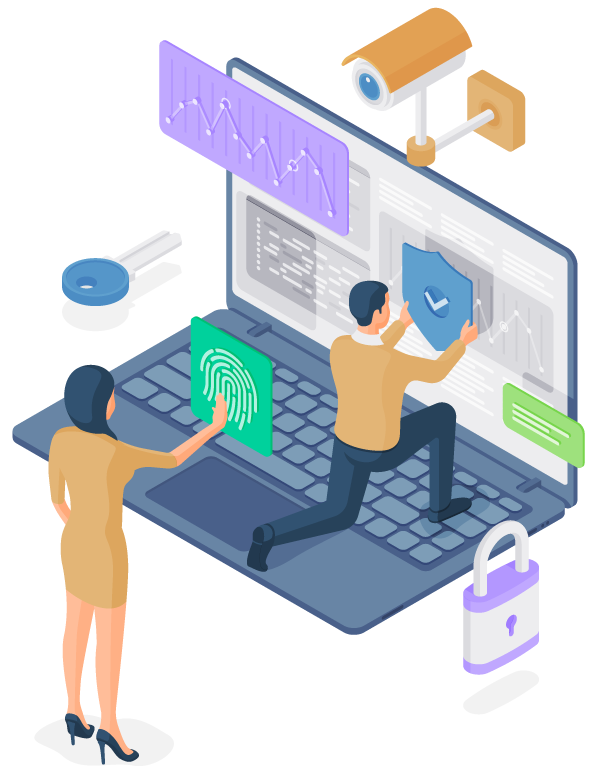
IT security in a nutshell
IT security is based on several essential elements: installing firewalls and antivirus software to defend systems against threats, applying two-factor authentication to secure access, and frequently updating software to close security loopholes.
It’s also important to make regular data backups to avoid loss in the event of a problem, and to train users in best practices to prevent errors. These combined practices offer an effective defense against cyber-attacks and data breaches.
Panorama of innovative security technologies
The landscape of advanced security technologies includes solutions such as intelligent video surveillance systems using artificial intelligence to detect threats automatically, biometric devices to reinforce access controls, and virtual private networks (VPNs) that secure data in transit against interception.
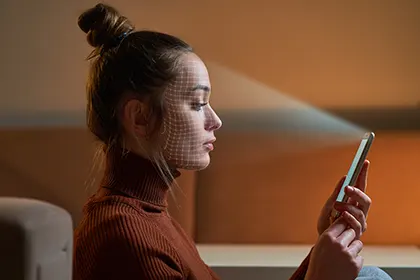
Facial recognition
By comparing facial features with a database, this technology enhances security for building access, customs checks and payments.

Surveillance drones
With their high-definition cameras and advanced sensors, they enable surveillance of hard-to-reach areas and early detection of threats.

Biometric sensors
Biometric sensors enhance security by preventing unauthorized access and improving the reliability of access controls.